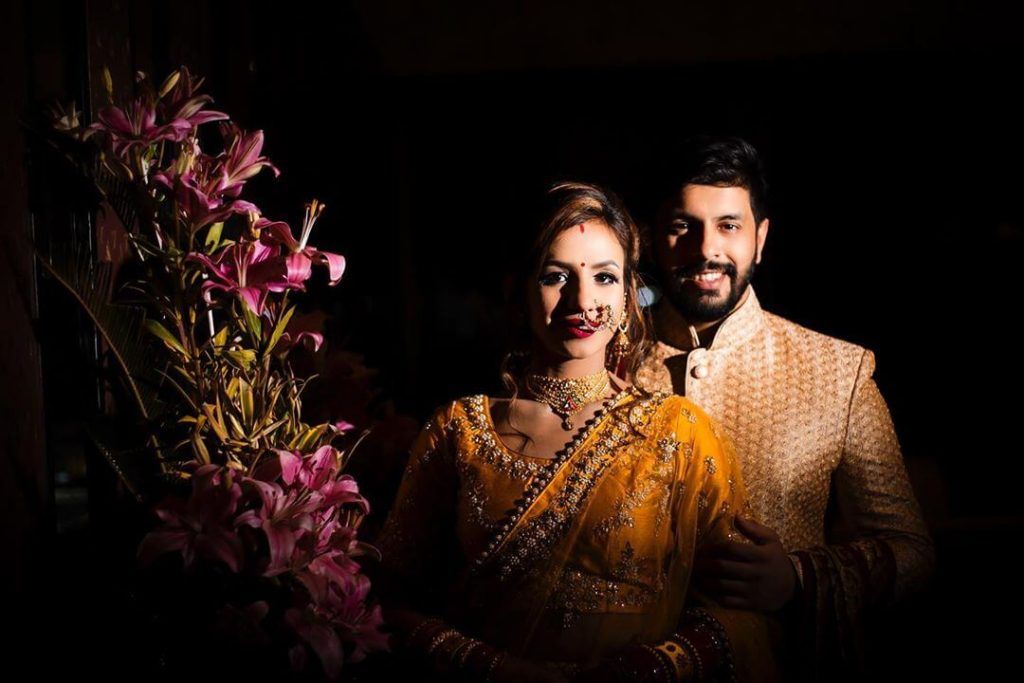Illuminating Your Big Day: Key Factors for Selecting Video Lights for Wedding Videography

Wedding videography is a cherished art that captures the love, joy, and unforgettable moments of a couple's special day. To create cinematic magic, a crucial element is often overlooked: proper lighting. Selecting the right video lights for wedding videography is paramount to achieving professional-quality footage that will be cherished for a lifetime.
In this blog, we'll illuminate the key factors you should consider when choosing video lights for your wedding videography projects.

1. Lighting Type:
Soft Light: Opt for soft lights like LED panels or softboxes to produce flattering, even illumination. Soft light reduces harsh shadows, creating a gentle and romantic ambiance.
Daylight vs. Tungsten: Consider the color temperature of the lights. Daylight-balanced lights (around 5600K) are ideal for outdoor shoots, while tungsten-balanced lights (around 3200K) are better suited for indoor venues.
2. Portability and Setup:
Wedding videographers need to move swiftly and discreetly. Look for lightweight, portable lighting setups that can be easily transported and set up in various locations. Battery-powered options are valuable for remote shooting locations.
3. CRI (Color Rendering Index):
A high CRI is crucial for accurate color reproduction. Seek lights with a CRI of 90 or above to ensure that the bride's gown, floral arrangements, and decor appear true to life on camera.
4. Dimmability:
The ability to control light intensity is essential for adapting to changing lighting conditions throughout the day. Choose lights with adjustable brightness settings for versatility.
5. Size and Form Factor:
Consider the size and design of the lights. Smaller lights are inconspicuous and won't distract from the wedding atmosphere. Compact on-camera LED lights are handy for capturing candid moments.
6. Battery Life:
Long battery life is crucial to avoid interruptions during critical moments. Ensure your video lights can last throughout the entire wedding ceremony and reception.
7. Heat Management:
Lights that generate excessive heat can be uncomfortable for the bridal party and guests. Opt for lights with efficient heat dissipation systems to maintain a pleasant atmosphere.
8. Mounting Options:
Explore lights with versatile mounting options, such as hot shoe mounts, light stands, or rigging systems. This adaptability allows you to position the lights for the best angles and coverage.
9. Budget:
Wedding videography lighting can range from budget-friendly to high-end professional setups. Determine your budget and invest in lights that strike a balance between quality and affordability.
10. Compatibility:
Ensure your selected lights are compatible with your camera equipment and accessories. This includes ensuring the lights work seamlessly with your camera's hot shoe or rigging system.
Conclusion:
Selecting the right video lights for wedding videography is crucial for capturing the essence of the big day. The perfect lighting setup will enhance the visual storytelling, ensuring that every precious moment is beautifully preserved on film. Consider factors like lighting type, portability, CRI, dimmability, size, battery life, heat management, mounting options, budget, and compatibility when making your choice.
With the right lighting, your wedding videography will shine as brightly as the love it captures. 🎥💖
FAQs
Why are video lights essential for wedding videography?
Answer: Video lights are essential for wedding videography because they ensure proper lighting in various lighting conditions, allowing videographers to capture high-quality footage, especially in dimly lit venues or during nighttime events.
What are the main types of video lights used in wedding videography?
Answer: The main types of video lights used in wedding videography are continuous LED lights, on-camera lights, and off-camera lights. Each has its own advantages and applications in different shooting scenarios.
How do I determine the ideal brightness or output level for video lights when shooting weddings?
Answer: To determine the ideal brightness, consider the venue's lighting conditions, the desired mood or ambiance, and the camera's sensitivity (ISO). Generally, you'll want adjustable lights with dimming options to fine-tune the output as needed.
What is the significance of color temperature in wedding videography lighting?
Answer: Color temperature is crucial because it affects the color rendition and mood of your wedding footage. Matching the color temperature of your lights to the ambient lighting helps maintain a natural and consistent look.
Are battery-powered or AC-powered video lights better for wedding videography?
Answer: Both battery-powered and AC-powered lights have their advantages. Battery-powered lights offer portability and flexibility, while AC-powered lights ensure a continuous power source. The choice depends on your shooting conditions and preferences.
Should I consider the size and portability of video lights when selecting them for wedding videography?
Answer: Yes, the size and portability of video lights are important factors, especially if you need to move around frequently during a wedding shoot. Compact and lightweight lights are easier to transport and set up.
What are some lighting techniques commonly used in wedding videography?
Answer: Common lighting techniques in wedding videography include three-point lighting, backlighting, and using diffusers or softboxes to create flattering and natural-looking illumination.
Do I need additional light modifiers or accessories when using video lights for wedding videography?
Answer: Depending on the effect you want to achieve, you may need light modifiers like diffusers, softboxes, or gels to control and shape the light. These accessories can enhance the quality of your wedding footage.
Are there specific video light brands or models known for their excellence in wedding videography?
Answer: Several reputable brands offer video lights suitable for wedding videography, including Aputure, Godox, and Neewer. Research and reviews can help you find the best options for your needs and budget.
What is the best way to integrate video lights seamlessly into wedding videography without distracting the couple or guests?
Answer: To integrate video lights seamlessly, use soft and diffused lighting to avoid harsh shadows and glare. Communicate with the couple and photographer to coordinate lighting setups and minimize disruption during key moments.
